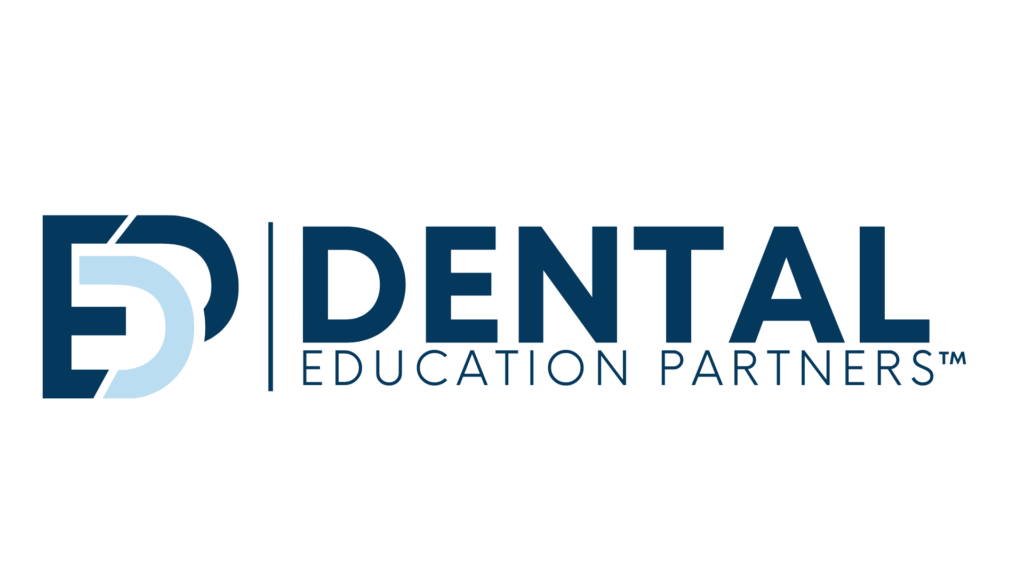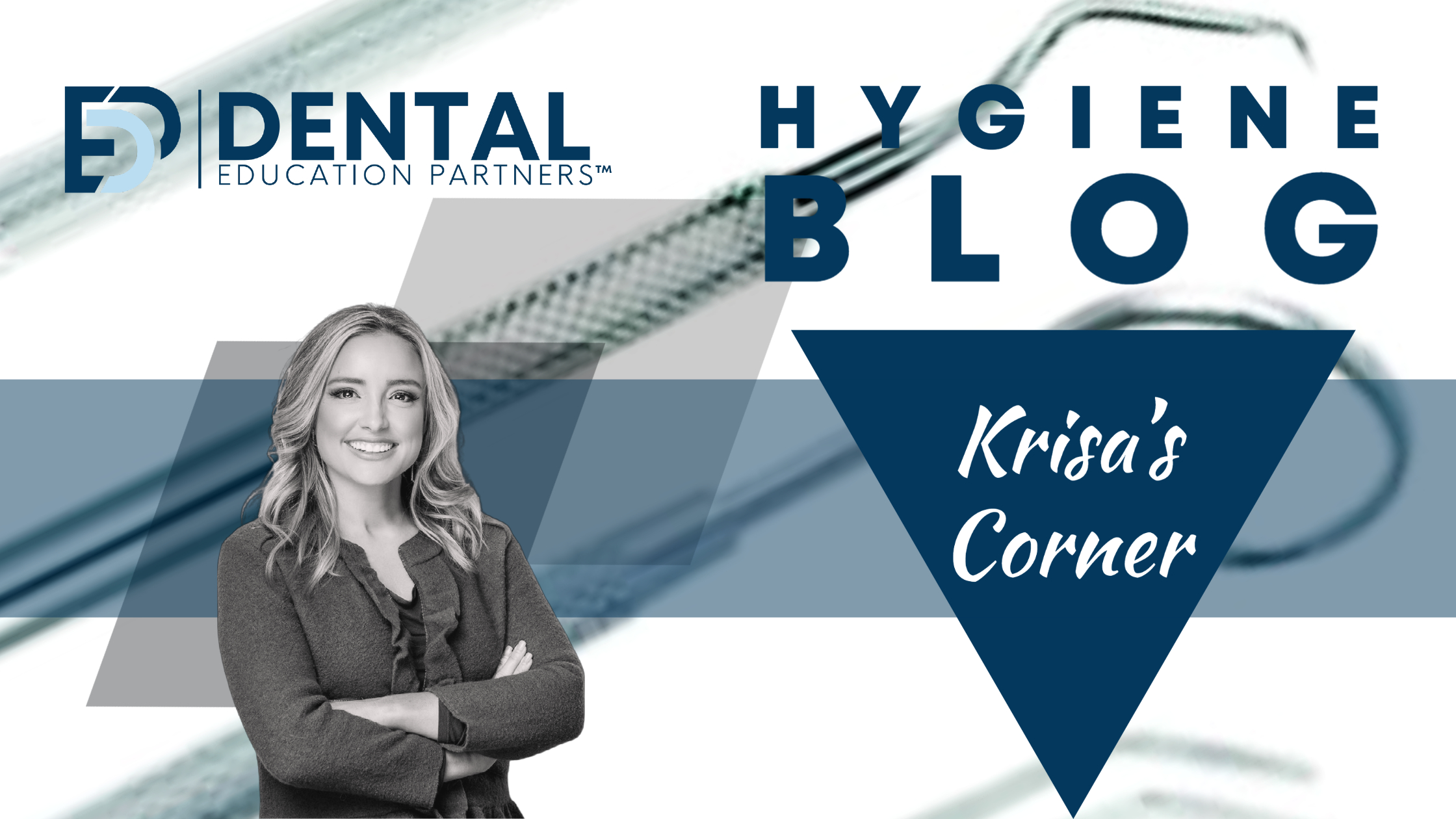As patients navigate the intricate landscape of healthcare, one area often shrouded in confusion is dental insurance. While it’s a valuable resource for managing oral health costs, understanding its limitations is key to avoiding unnecessary frustration. In this blog, we’ll explore how patients can shift their perspective, recognizing that dental insurance may not always be on their side, and how they can take charge of their oral health.
Decoding Dental Insurance Realities:
The first step in altering patient perceptions is to demystify the intricacies of dental insurance. Many individuals assume that their coverage is designed to address all dental needs comprehensively. However, the reality is that most plans come with limitations, exclusions, and waiting periods. Offering clear and concise information about these aspects can help patients set realistic expectations.
Prioritizing Preventive Care:
Dental insurance models often prioritize preventive care, reflecting the adage that prevention is better than cure. By emphasizing the importance of routine check-ups, cleanings, and early intervention, patients can understand that the goal is to prevent major issues rather than relying solely on insurance to address existing problems.
Educating on Coverage Gaps:
Patients need to be aware of coverage gaps in dental insurance plans. Cosmetic dentistry, certain elective procedures, or treatments for pre-existing conditions may not be covered. Educating patients about these gaps empowers them to make informed decisions about their oral health and budget accordingly.
Encouraging Informed Decision-Making:
Empowering patients to actively participate in their oral health decisions is crucial. Encourage questions about treatment plans, alternative options, and the financial implications of each choice. This level of engagement helps patients understand that their oral health journey is a partnership between them and their dental care team, not solely dictated by insurance provisions.
Exploring Alternative Financing Options:
Highlighting alternative financing options can help patients navigate their oral health needs more effectively. Payment plans, dental savings plans, or health savings accounts can serve as valuable complements to traditional insurance. By diversifying their approach to oral health financing, patients can better address their unique needs.
Setting Realistic Expectations:
Managing expectations is key in shifting the patient’s mindset. Dental insurance is designed to assist with costs, but it’s not a cure-all solution. It should be presented with verbiage such as “reimburse” not “insurance covers.” Patients should understand that their oral health is a lifelong journey, and insurance is a tool within that journey, not the sole determinant of their dental well-being.
Promoting Overall Health Connection:
Highlighting the connection between oral health and overall well-being reinforces the importance of investing in dental care beyond insurance considerations. Oral health is linked to systemic health, and patients should recognize that prioritizing their teeth and gums contributes to their overall health and quality of life.
In conclusion, shifting the narrative around dental insurance involves arming patients with knowledge, promoting preventive care, and encouraging active participation in their oral health decisions. By understanding the limitations of dental insurance and exploring alternative avenues, patients can take control of their oral health journey, realizing that the goal is not just financial coverage but the attainment of a healthy, confident smile that lasts a lifetime.


